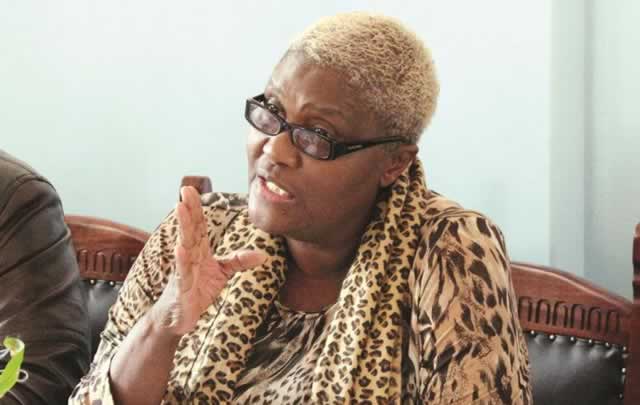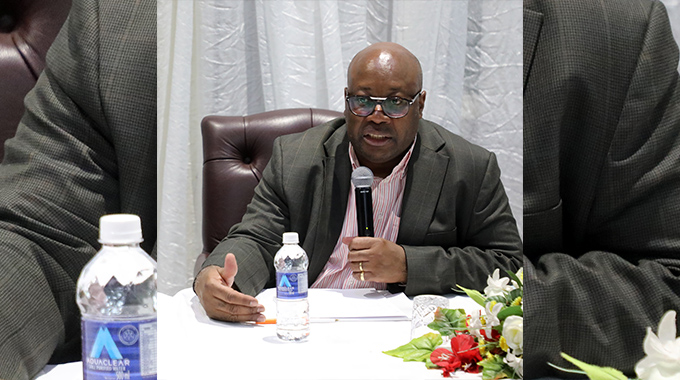Zim urged to include key populations in HIV/Aids fight

Thandeka Moyo, Health Reporter
ZIMBABWE may not win the fight to end HIV and Aids by 2030 if it continues to ignore key populations which include sex workers and prisoners whose HIV prevalence is way above the national average of 13 percent.
The key populations identified by the World Health Organisation also include the Lesbian, Gay, Bisexual Transgender and Intersex (LGBTI), those who abuse drugs and women.
In an interview, Parliamentary Portfolio Committee on Health and Child Care chairperson Dr Ruth Labode said ignoring the existence of key populations in Zimbabwe may reverse the gains made towards combating HIV and Aids.
People who belong to key affected populations are people who, for one reason or another, are more vulnerable to HIV infection. “In terms of HIV nationally, our prevalence rate is sitting around 13 percent. Our major challenge is that while we are nationally at 13 percent, sex workers have a prevalence of 60 percent,” said Dr Labode.
“For the LGBTIs, their HIV prevalence ranges between 20 and 30 percent and in prisons it is around 30 to 40 percent.”
She said if the country was not careful, achieving the goal would be impossible. “So we need to come out of the blanket and acknowledge that there are sex workers, we know they are there because of poverty. We need to ensure that they have access to condoms and treatment when they fall sick, they are part of the society,” Dr Labode said.
“The LGBTI are there as well, whether we want or not and they too must be treated. In jails we are failing to put condoms yet we know that men are sleeping with men.
“HIV prevalence is high in prisons because they are doing it with no condoms. If we put condoms there, we can reduce the rate of transmission and HIV incidence.”
She added that she was glad Vice President Phelekezela Mphoko and Health and Child Care Minister had signed the Bulawayo Declaration on HIV-TB and the Barcelona Declaration on TB to demonstrate Government’s political will and commitment to end the two killer diseases by 2030.
“When you commit yourself to a project or a decision, the tendency is that when that issue comes to parliament you are likely to support it. It’s important for the international support we get to show that while we are getting money from the Global Fund to fight HIV, locally our politicians are trying and admitting more has to be done.”
National Aids Council Bulawayo provincial coordinator Mrs Sinatra Nyathi said the organisation was implementing prevention programmes for sex workers.
“We are working with other partners to ensure they form support groups which we meet regularly and share information with. We also put them on treatment and the negative ones get Pre-exposure prophylaxis (PrEP). Under the DREAMS project we are also helping the teen sex workers go back to school courtesy of World Education.
“We are working on a programme targeted at the children of sex workers as they are also at risk. For prisoners we are working with their clinics and support groups to empower them with information so they remain safe,” said Mrs Nyathi.
She said HIV knows no boundary hence Nac was worried about ensuring everyone is safe regardless of sexual orientation.
Zimbabwe is working towards ending HIV and Aids by 2030. The 2030 targets come after the 2020 global targets which call for 90 percent of population to know their HIV status and for 90 percent of those who test positive to be under ART.
— @thamamoe











Comments